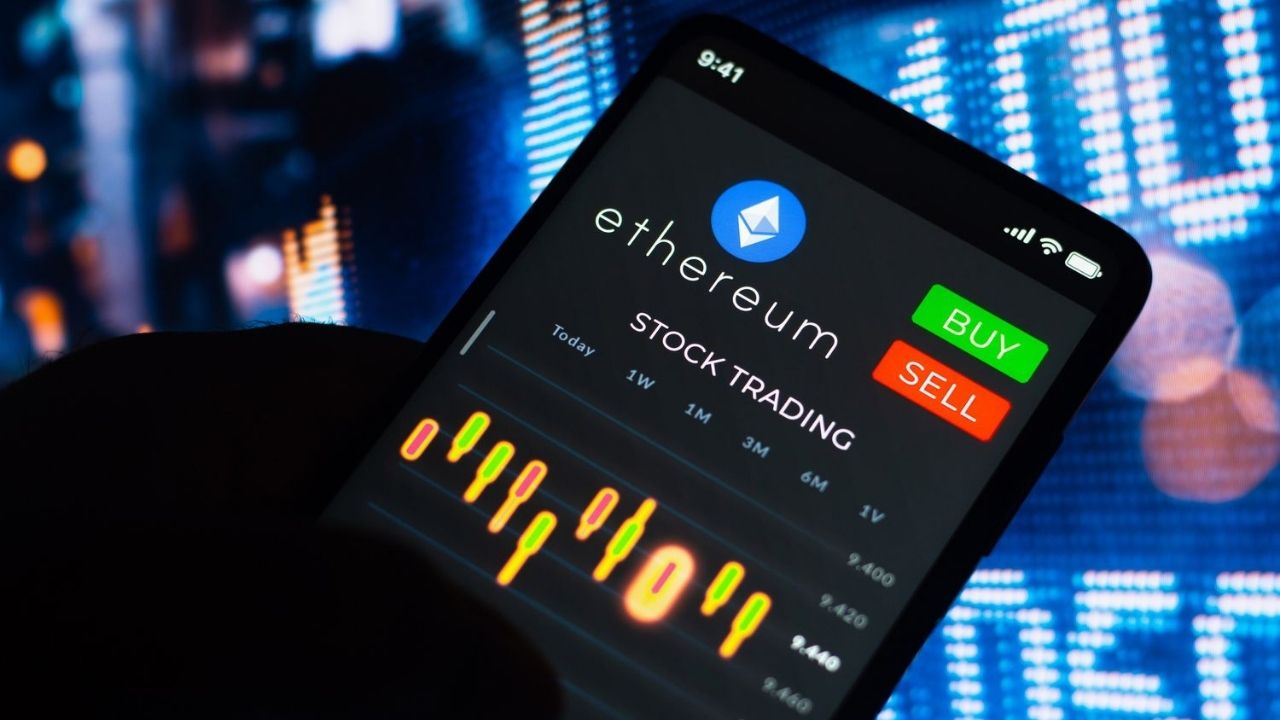Ether (ETH), the second most valuable cryptocurrency by market value, is a trendy contract to trade in futures. Ethereum can be utilized by traders in various ways to make a profit, but it also presents numerous risks when it comes to volatility, price, and its popularity within the DeFi, NFT, and smart contract markets. Futures trading is a leveraged product with margin and frequent short-term speculation, and therefore can both increase profits and losses. We will examine the most typical errors traders make when trading for ethereum price usdt futures and how you can prevent them in this article.
Misunderstanding Leverage
Misunderstanding or misusing leverage is one of the most common and problematic mistakes in Ethereum futures trading. With leverage, traders are able to open positions far more than the balance in their account. Whereas this has the potential to gain phenomenal gains should the trade be favorable, on the other hand, it can easily translate to a quick liquidation should the market turn against you. Often, novice traders are tempted by the prospect of 10x, 50x, and even 100x leverage without realizing the dangers of this strategy.
The Market Volatility Is Omitted or Ignored
Ethereum is prone to volatility, and this can be a curse as well as a blessing. Those traders who ignore the potency of swift price movement are usually surprised. Volatility spikes may activate stop-loss orders, slip, or lead to unintended liquidations. Many traders open positions without taking into account the general market climate: future news, macroeconomic phenomena, or other significant changes in Ethereum, e.g., protocol updates.
In order to guard against volatility-induced errors, make it a rule to, before making your trade, ensure you read up on any special announcements or economic events. It is also prudent to pair technical indicators such as the Average True Range (ATR) or Bollinger Bands and determine the extent of market volatility, and make adjustments to your stop-losses and take-profit levels accordingly.
Weak Risk Management
Most of the Ethereum futures traders get into positions without a firm understanding of any limit to what they are going to risk. With no effective stop-loss or position size strategy in place, traders may lose a large part of their capital in only a couple of trades. Trading in one sector alone or placing bets on an emotional basis instead of a rational one can easily cause one to become bankrupt.
The trick to not repeating this mistake is to establish a specific risk management policy. Calculate how much you can afford to lose on any trade (generally 1-2 percent of your portfolio), then do not exceed it. Always take stop losses to limit your losses and never withdraw them further toward the horizon when a trade is unfavorable. It is important to maintain emotions, particularly in a very fast market such as Ethereum futures.
Market Chase
The other drawback will be chasing the market, particularly those traders afraid of missing a large move. As soon as Ethereum initiates a powerful rally or a sharp price drop, traders usually enter at the wrong time, trying to follow the trend. Nevertheless, when the move is overextended, entering a trade without a concrete strategy can see one getting in at the very moment that the trend is about to reverse.
Rather than running after price, be patient. Enter only when confirmation entries may occur through trend reversal, support and resistance areas, or re-test. You can prevent rash decisions that usually provoke losses, develop a trading strategy, and follow it.
Over Trading and Revenge Trading
Trading in the futures can be an addiction, particularly when the profits are good or losses are agonizing. Another common pitfall that many Ethereum traders fall into is overtrading, aka doing too many trades over a short duration, or even revenge trading, the tendency to do impulsive trades to recoup their recent losses. Both of these are emotional trading behaviors and tend to result in bigger losses.
In order to fight it, create discipline: establish trade limits daily or weekly and plan a break after making every trade. Maintain a trade journal where all the positions and the rationale behind them are written.
Ignoring the Technical and Basic Analysis
Some traders only apply their feelings or social media mood in their trading decisions. This tends to cause trade entry with minimal information about the technical configuration on Ethereum or the market as a whole. Unless you analyze chart patterns, volume, indicators, and market news, your trades are guessing games, not informed decisions.
A balanced trader practices technical and fundamental analysis. Learn important support and resistance levels, keep track of Ethereum network statistics, and keep yourself well-informed of the key protocol updates. Such a two-pronged strategy will make your trades more accurate and increase your long-term performance.
Conclusion
Ethereum futures trading is highly promising yet a risk-filled venture unless handled with caution and due diligence. Misuse of leverage, failure to take volatility into account, ineffective risk control, trade chasing, overtrading, and failure to analyze can all contribute to unnecessarily costly losses. Luck will not help in futures trading; preparation, patience, and thorough knowledge of the asset and the market will.

